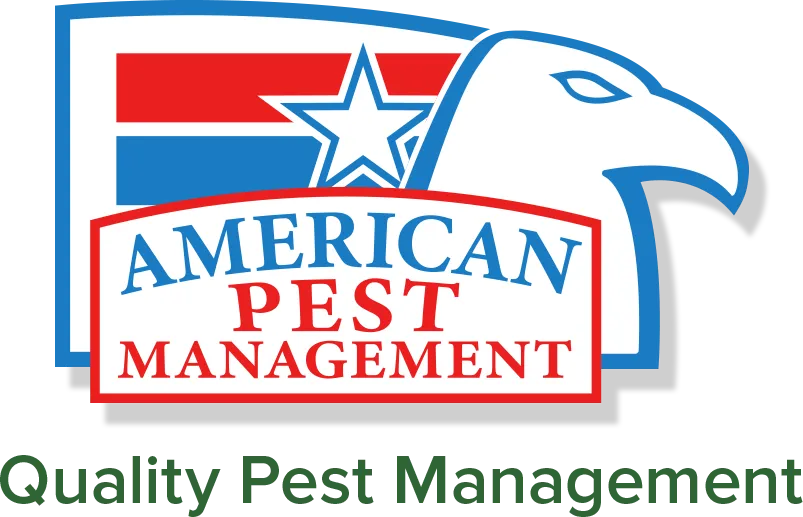Top Winter Pests in Alaska and How to Prevent Them
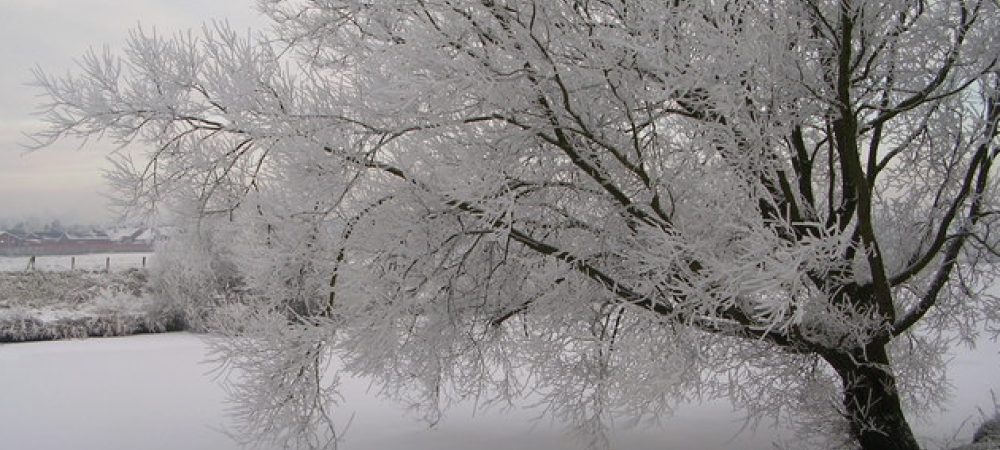
As winter approaches in Alaska, homeowners are all too familiar with the challenges of protecting their homes against the elements – but often overlook another unwelcome guest: winter pests. The cold season drives certain pests indoors, seeking warmth, food, and shelter. Five of the most common winter nuisances for Alaskans are:
- Bed Bugs
- Mice and Rats
- Spiders
- Cluster Flies
- Cockroaches
- Carpenter Ants
Here’s what you need to know about these winter pests and how to keep them out of your home this season.
1. Bed Bugs

Despite the chill outside, bed bugs remain a year-round issue. In Alaska, bed bugs don't die off in the winter; they thrive indoors in the warmth of heated homes, hotels, and other buildings. While these pests don’t carry diseases, they can leave painful, itchy bites and spread quickly if not addressed.
How Bed Bugs Get Indoors
Bed bugs are expert hitchhikers and can enter your home through luggage, clothing, used furniture, or simply by clinging to a person who was previously exposed. During the holiday season, increased travel can make it easy for bed bugs to spread from place to place – including to your own home.
Bed Bug Prevention Tips
- Inspect secondhand furniture before bringing it into your home. Check seams, creases, and any hidden areas where bed bugs might hide.
- Examine your luggage after traveling, especially if you’ve stayed in hotels or have been on public transportation.
- Wash and dry clothing on high heat after returning from trips, especially winter coats, scarves, and hats that may be exposed to different locations.
- Monitor bedroom areas for signs of bed bugs, such as tiny blood stains on sheets or mattress seams, black spots (fecal matter), and molted skins.
If you suspect an infestation, it’s best to contact a professional pest control service. Bed bugs are notoriously difficult to eliminate on your own, and Alaska’s unique climate means DIY treatments often fall short.
2. Rodents
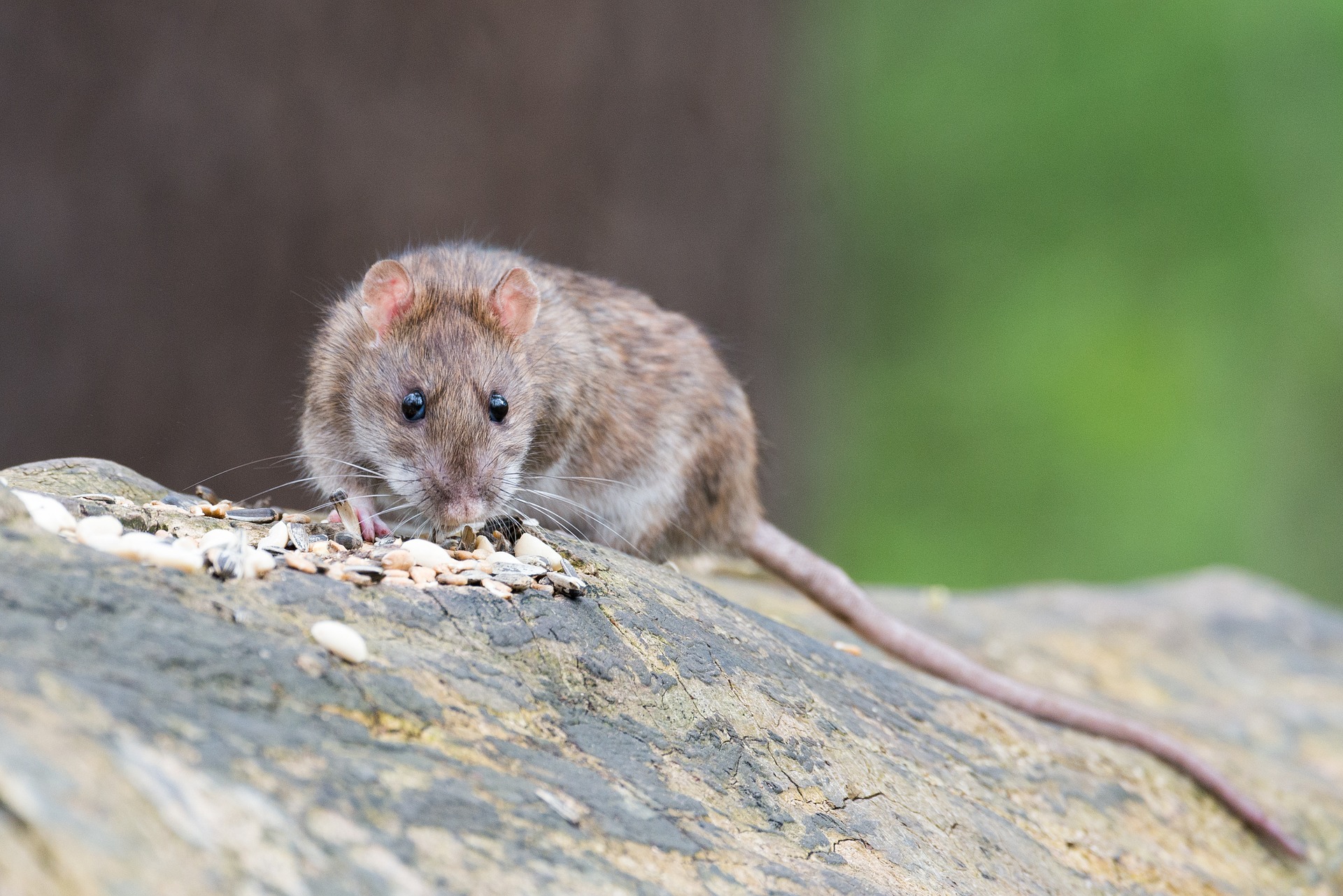
Mice and rats are some of Alaska's most persistent winter pests. With colder temperatures, mice and rats seek warmth, food, and shelter indoors, which makes homes an attractive option. Once inside, they can chew through insulation, gnaw on wiring (posing a fire hazard), and contaminate food. Additionally, rodent droppings can carry dangerous pathogens, posing a health risk to families.
Common Rodents in Alaska
- House Mice: Known for their small size, house mice can squeeze through openings as small as a quarter-inch, making it easy for them to enter homes.
- Norway Rats: These larger rodents are often found in basements or crawl spaces, where they can nest in large numbers.
How Rodents Get Indoors
Mice and rats can enter through tiny cracks in your foundation, gaps around doors or windows, and even ventilation systems. In Alaska’s cold winters, their natural habitats become uninhabitable, making homes a target for warmth and food.
Rodent Prevention Tips
- Seal entry points around doors, windows, and foundations. Even small gaps or cracks can be enough for a rodent to enter.
- Store food securely in rodent-proof containers, especially in pantries and storage areas.
- Clear clutter around your home’s exterior and within the house. Rodents often hide in piles of firewood, yard debris, and cluttered basements.
- Regularly inspect and clean crawl spaces, attics, and basements. Rodents love to nest in areas that are undisturbed, so routine checks can prevent infestations.
If you find signs of rodents, such as droppings, gnawed food packaging, or scratching noises in walls, reach out to a pest control professional to address the issue before it escalates.
3. Spiders
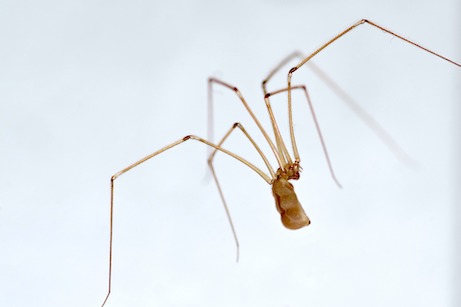
While spiders are generally beneficial for controlling other pests, they can become a nuisance when they invade homes for the winter. In Alaska, common species such as the common house spider and cellar spider seek warmth and moisture indoors.
How Spiders Get Indoors
Spiders typically enter through gaps around windows, doors, and utility lines, or hitch a ride on items brought indoors.
Spider Prevention Tips
- Seal cracks and crevices in your home’s exterior to eliminate potential entry points.
- Keep your home tidy by reducing clutter, as spiders often hide in dark, undisturbed areas.
- Remove webs and nests regularly to discourage spiders from settling in.
- Use natural deterrents like essential oils (peppermint, tea tree) to repel spiders.
If spider populations become unmanageable, consider consulting a pest control expert to identify and treat the source of the problem.
4. Cluster Flies
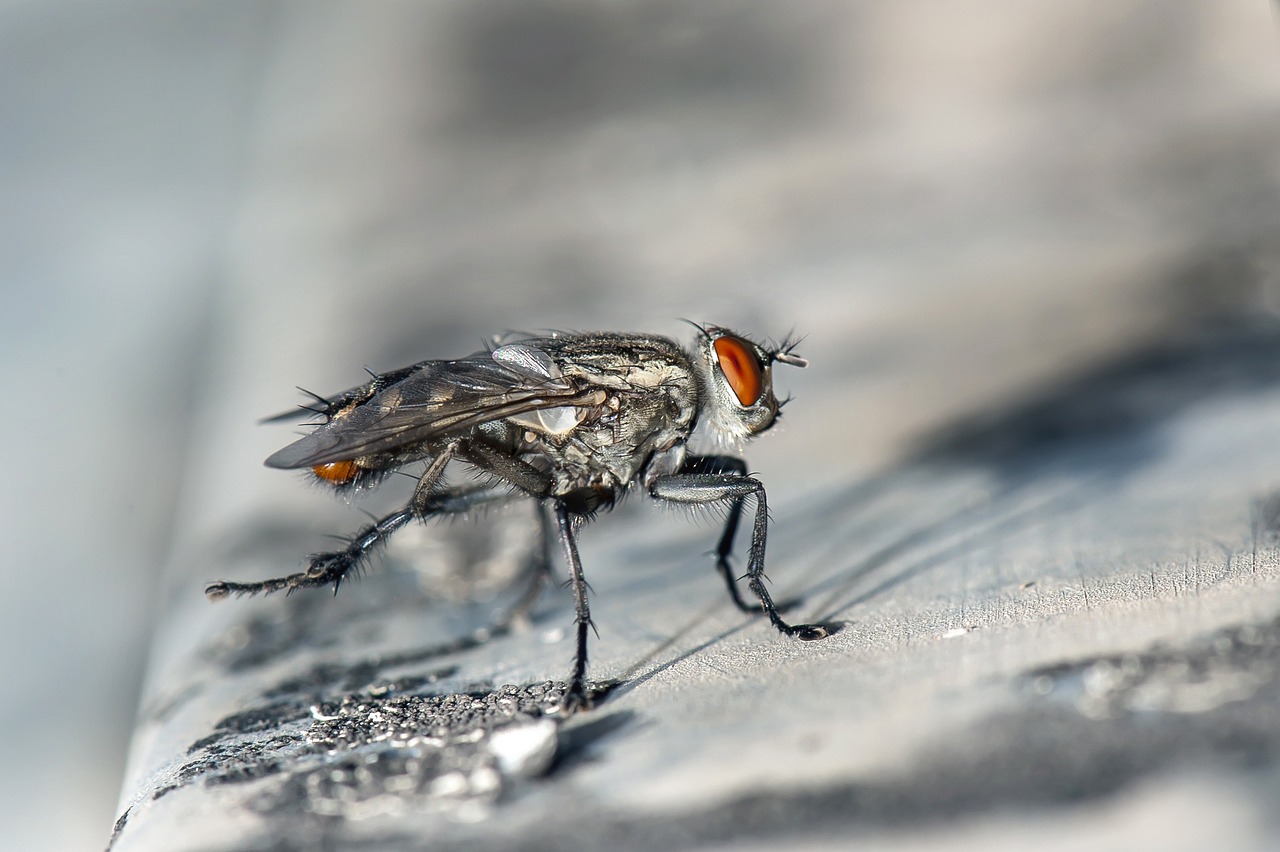
Cluster flies are often mistaken for houseflies but are known for their sluggish behavior in colder months. They seek shelter in homes during winter, where they can be found clustered in attics, walls, or around windows.
How Cluster Flies Get Indoors
These pests typically enter through gaps and cracks in the home’s exterior during the fall as they search for a warm place to hibernate.
Cluster Fly Prevention Tips
- Seal potential entry points such as cracks in siding, window frames, and gaps around doors.
- Install screens on windows and vents to reduce the chance of flies entering.
- Vacuum or sweep them up if they invade your space, as they are easy to remove when they are clustered together.
For larger infestations, contacting a pest control professional is recommended, as they can provide effective treatment options.
5. Cockroaches
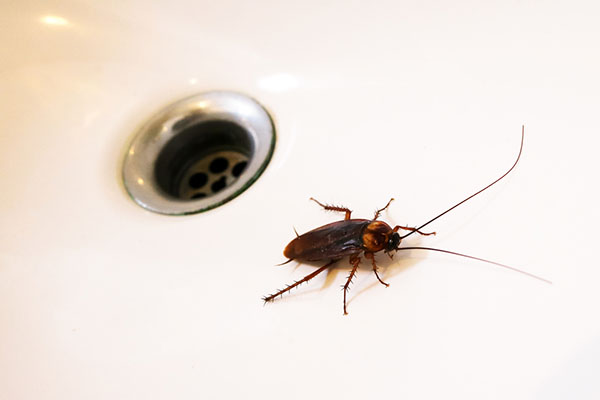
While cockroaches are often associated with warmer climates, they can still be a problem in Alaska, particularly in areas with heated buildings. These pests can survive extreme cold by finding shelter indoors.
Common Species in Alaska
- German Cockroach: Prefers warm, humid environments and is often found in kitchens and bathrooms.
- American Cockroach: Larger in size, they are usually found in basements or near heating sources.
How Cockroaches Get Indoors
Cockroaches can enter homes through small cracks, open doors, and by hitching rides on grocery bags or boxes.
Roach Prevention Tips
- Keep your home clean by regularly washing dishes, cleaning countertops, and sweeping floors to remove food particles.
- Seal food in airtight containers to prevent access.
- Eliminate hiding spots by decluttering areas such as basements and storage spaces.
- Inspect and repair plumbing to eliminate sources of moisture that attract cockroaches.
If you see cockroaches, it’s crucial to act quickly, as they reproduce rapidly. Professional pest control can help eradicate these pests effectively.
6. Carpenter Ants

Carpenter ants are one of Alaska’s largest ant species and can become a significant problem in the winter when they seek warmth inside homes. They often nest in wooden structures, causing damage over time.
How Carpenter Ants Get Indoors
These ants can enter through gaps in foundations or walls, often seeking moist or decaying wood to establish their nests.
Prevention Tips
- Eliminate moisture problems by fixing leaks and ensuring good ventilation in crawl spaces and attics.
- Trim trees and shrubs away from your home to reduce entry points and prevent ants from bridging gaps.
- Store firewood away from the home to deter nesting near your living spaces.
- Seal any gaps or cracks in your home’s exterior.
If you suspect a carpenter ant infestation, it's important to address it quickly, as these pests can cause significant structural damage. Contacting a pest control professional can help assess and treat the problem.
Alaskan Challenges with Winter Pest Prevention
The unique conditions in Alaska make pest prevention during winter a special challenge. With long, dark winters and constant indoor heating, homes become an ideal environment for pests to survive. Additionally, traveling between remote locations can increase the spread of pests, such as bed bugs, as people may not always have access to pest control services in rural or isolated areas.
When to Seek Professional Help
While there are steps you can take to prevent and manage bed bugs, rodents, spiders, cluster flies, cockroaches, and carpenter ants, sometimes a professional touch is essential. Alaskan pest control experts understand the particular challenges of the climate and can help implement tailored solutions for both urban and rural homes.
Here are a few situations where you should definitely call the pros at American Pest Management:
- You spot several signs of an infestation, like rodent droppings, bed bug bites, or strange noises in the walls.
- DIY methods haven’t worked, and pests keep returning.
- You live in an area where pest control options are limited, and you need a professional’s advice on long-term prevention.
Protecting Your Home This Winter
Winter in Alaska is beautiful but brings a unique set of challenges, including dealing with pests that seek refuge indoors. By staying vigilant, implementing preventative measures, and knowing when to call a local pest control professional, you can keep your home safe and comfortable this winter season.
For those of us living in Alaska, it’s crucial to take these steps early. Winter pests don’t wait – and neither should you! Contact our team of local pest experts at American Pest Management.
Resources
